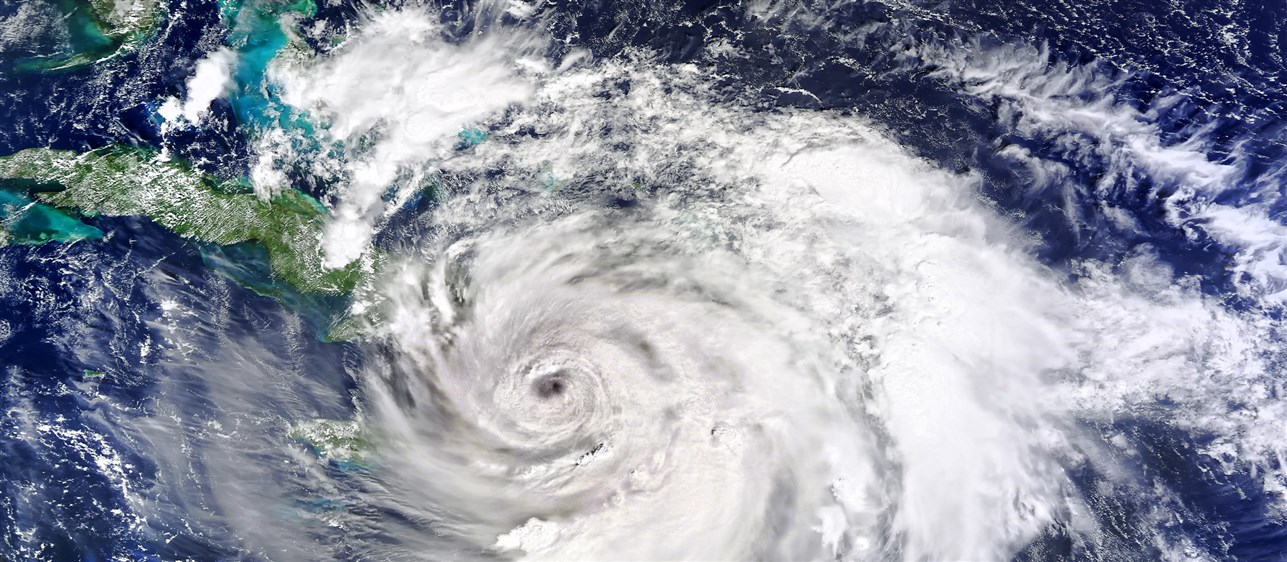
Date23.03.22
CompanyDar
When infrastructure engineers design stormwater networks to protect cities and communities from storm events, they set their sights on protecting against critical storm events that could feasibly occur in the project region, without overestimating the design events.
Dubbed the “design storm”, this potential scenario forms the foundation of the hydrological and hydraulic models that are used to make design choices for the different components of the stormwater drainage network.
As such, the design storm must be chosen with particular care. An overly cautious design storm may drive stakeholders to spend enormous amounts of money on superbly robust stormwater networks to protect from an event that, in all likelihood, will never happen. Yet, choosing a less conservative design storm that underestimates the amount of rainfall that could potentially occur could leave communities unshielded at the worst possible time.
For guidance on choosing the correct design storm, most drainage experts resort to locally accepted codes of practice. In the Gulf countries and the wider Middle East region, two references are widely used to guide the choice of design storms: the dimensionless distributions set by the United States’ former Soil Conservation Service (SCS) for the United States and the UK50 storm profiles, produced by the Wallingford Institute of Hydrology, UK.
However, recent research by Dar’s Head of Stormwater Design Unit Dr. Ayman Awadallah and Senior Hydrologist Dr. Khaled Hamed has indicated that these design storms may be underestimated for the arid and hyper arid regions of the Gulf, and, as such, should not influence design decisions for stormwater networks in these regions.
To arrive at these conclusions, the research team took on the case study of the Sultanate of Oman and acquired data on over 230 storms that occurred in the country over a period extending from 1974 until 2010. The idea was to use data on actual storms to derive a design storm profile for the region and then compare that profile to the SCS type II and UK50 summer storm profiles that are used widely in the region.
The team used the Alternating Block Method to create a design storm based on the acquired data. The obtained storm profile from actual data, when compared to the standard SCS type II and UK50 summer storm profiles, showed a steeper and more critical rise than either the SCS type II or the UK50 summer storm. Moreover, the UK50 summer profile predicted half the value of peak intensity and average intensity that was demonstrated by calculations using data on actual storms. In other words, the SCS type II and UK50 summer profiles did not accurately represent the actual storms that took place in Oman. Worse, they predicted rainfall quantities and intensities that are significantly lower than those that took place in actual recorded storms in the region.
Based on these findings, the team concluded that, despite their widespread acceptance, the use of SCS type II and UK50 summer profiles for arid and hyper arid regions similar to Oman can lead to stormwater networks that do not provide sufficient protection against the worst convective storms. Instead, the research recommends exercising more care in choosing more accurate design storms, and using data on actual storms that took place in the project region, when available, to create a design storm that paves the way for better, safer and more effective stormwater networks.
Related: https://www.dar.com/work/market/flood-protection-and-recharge-dams
